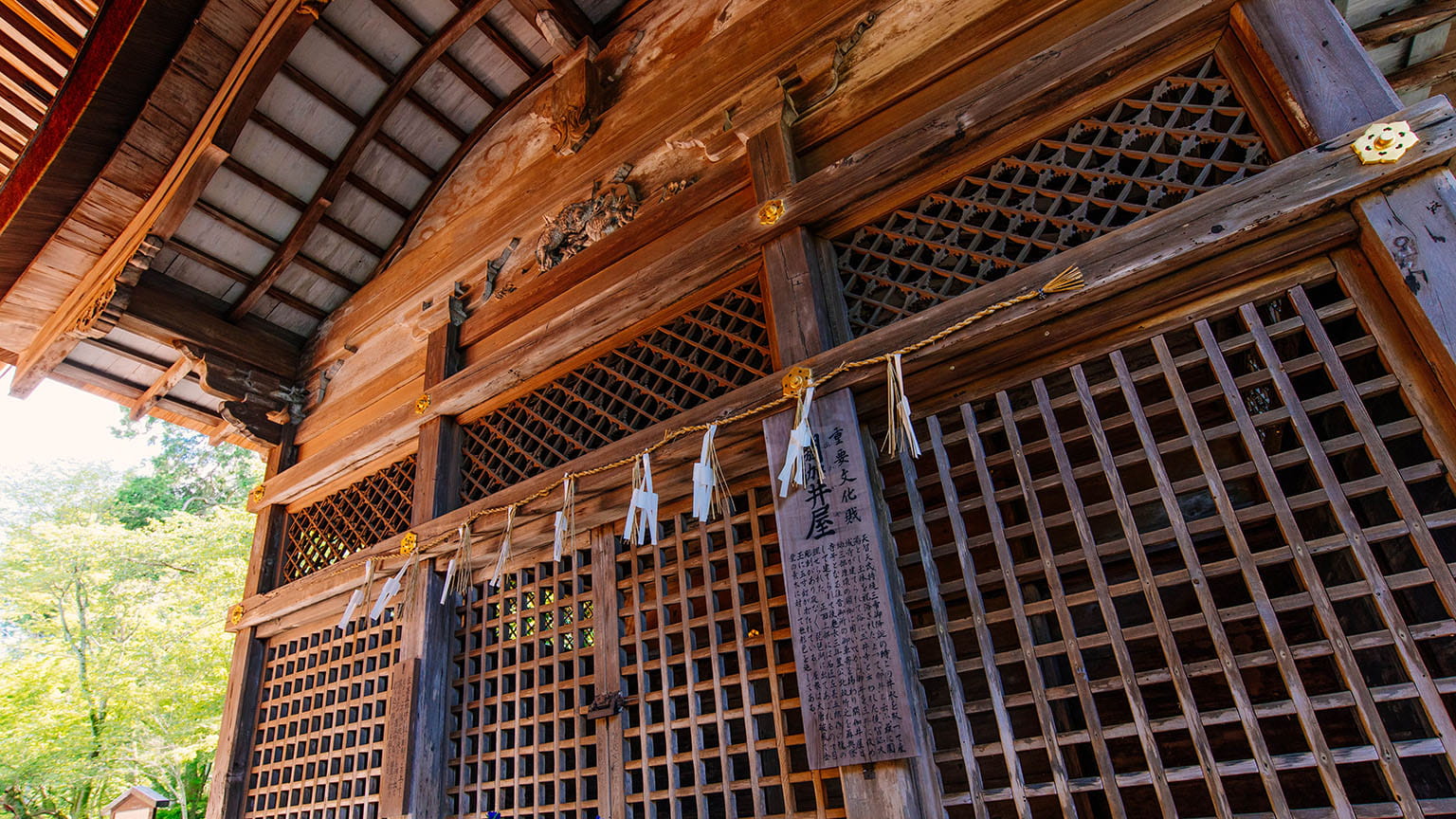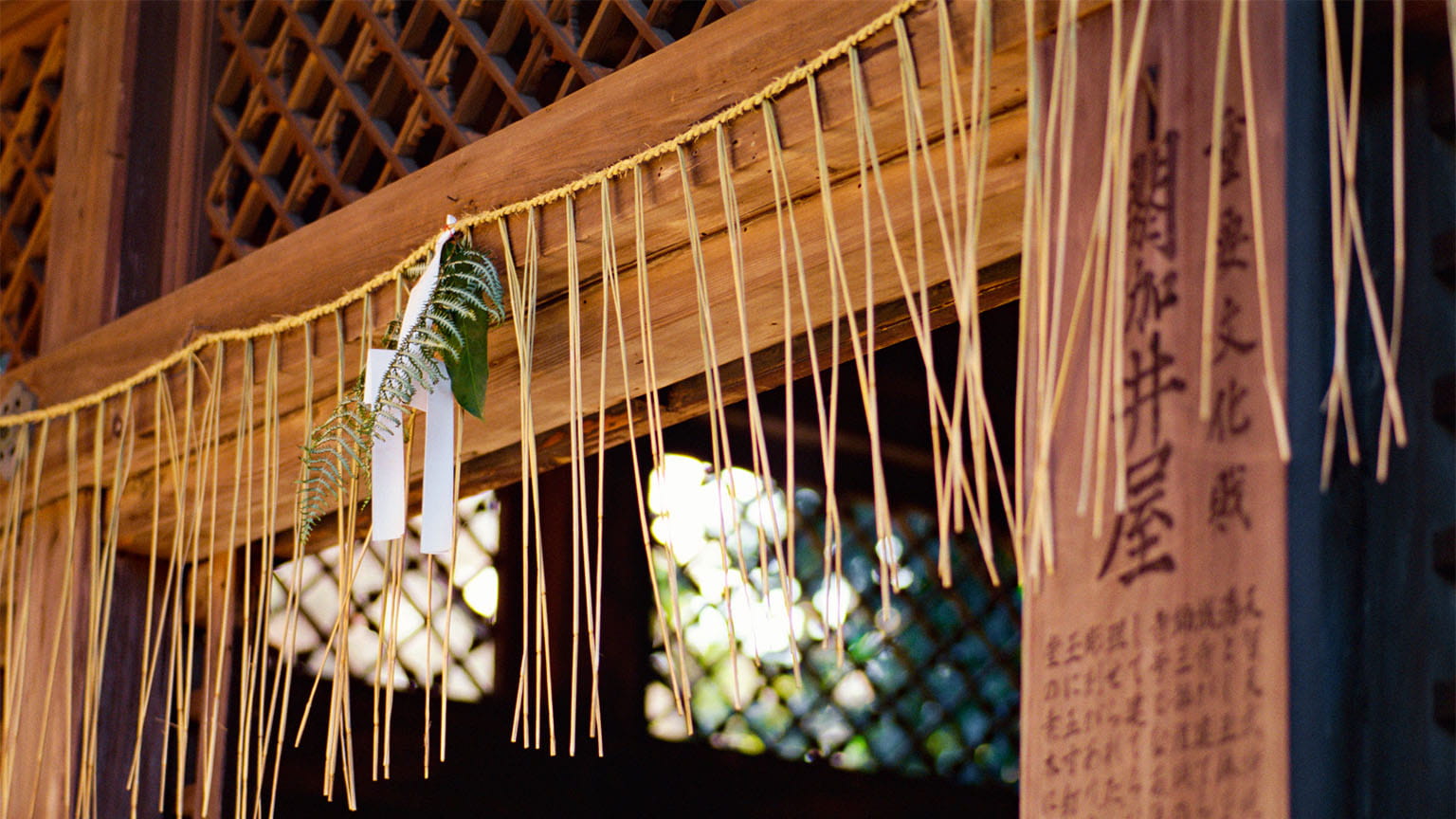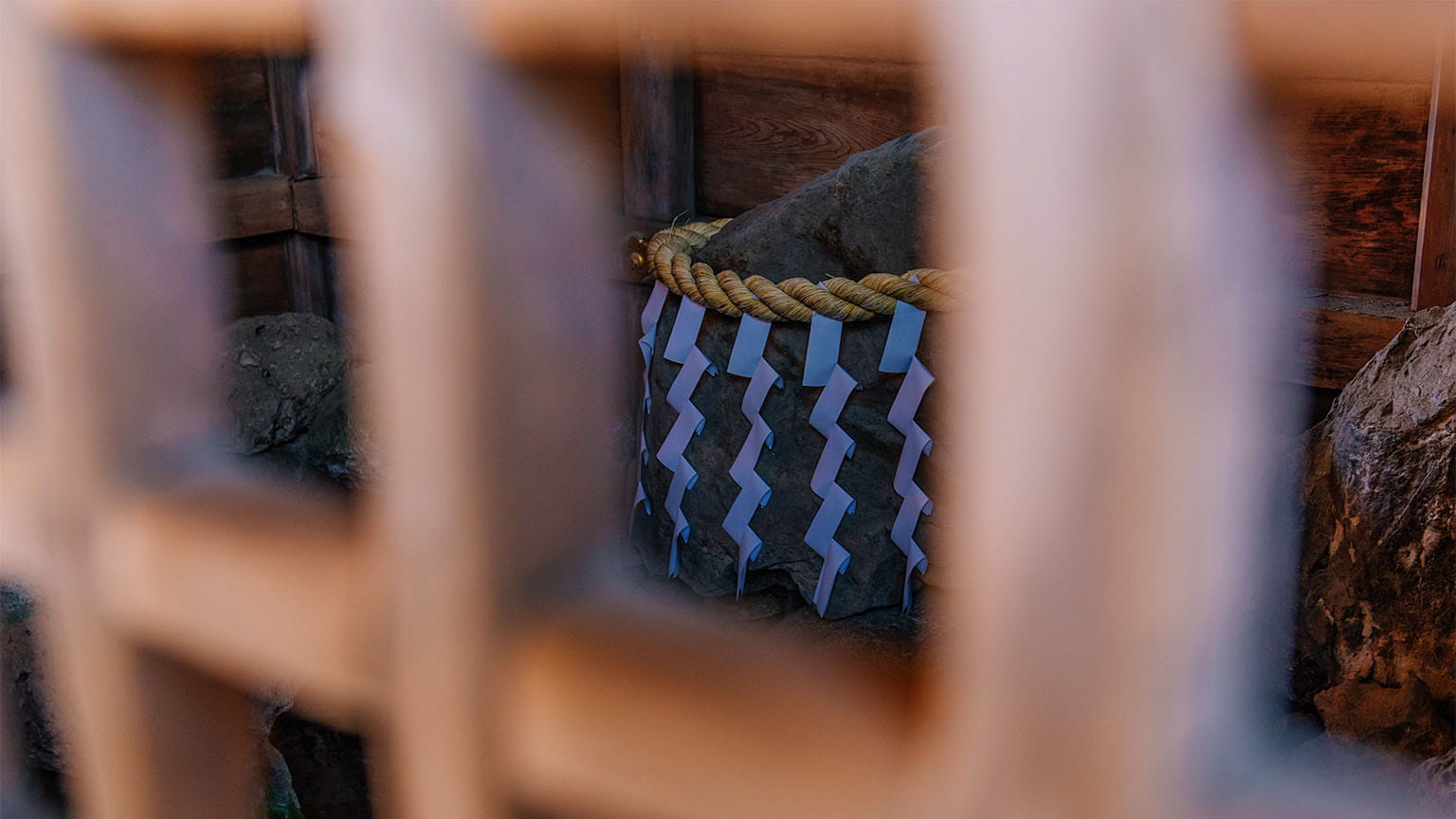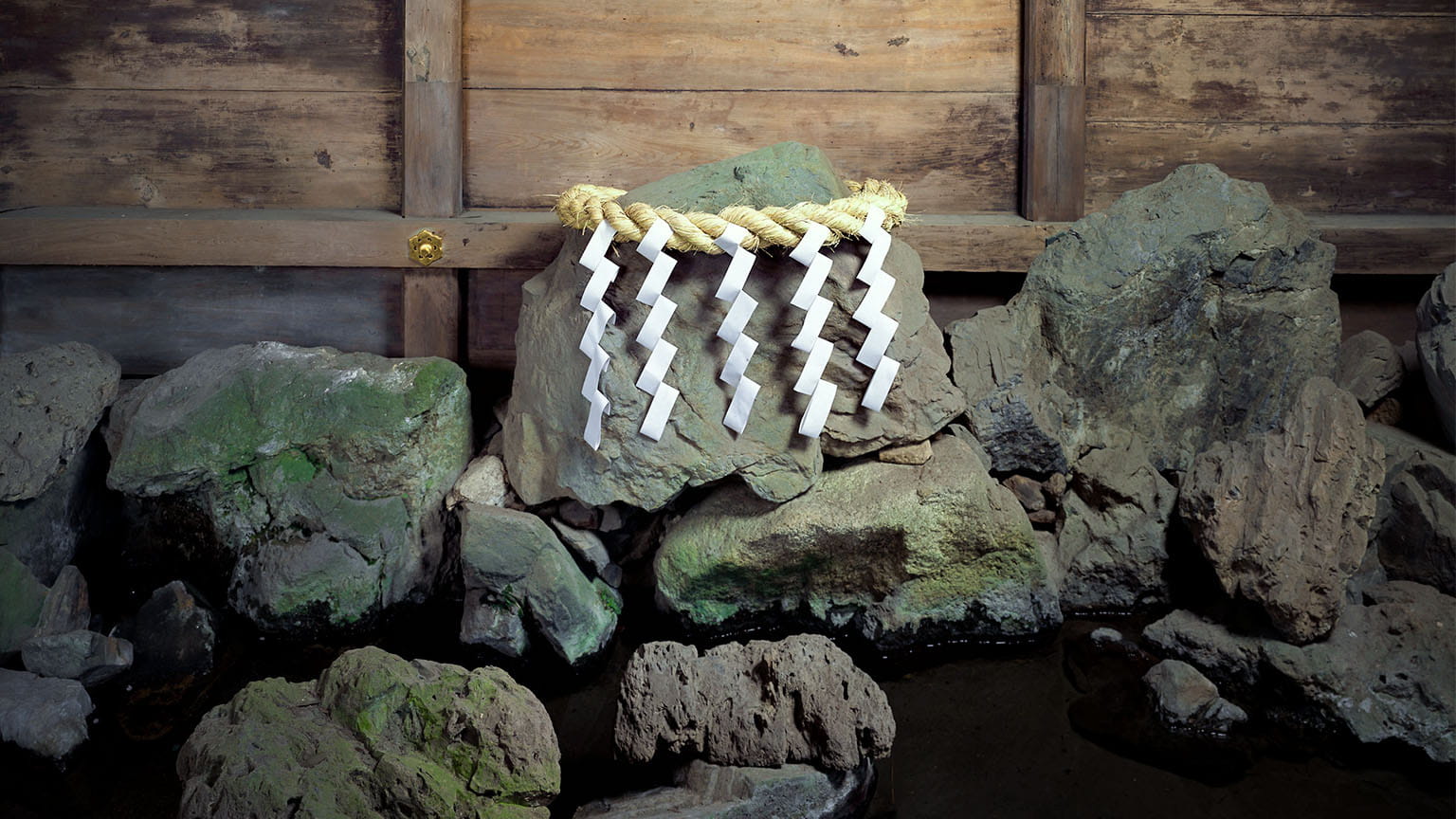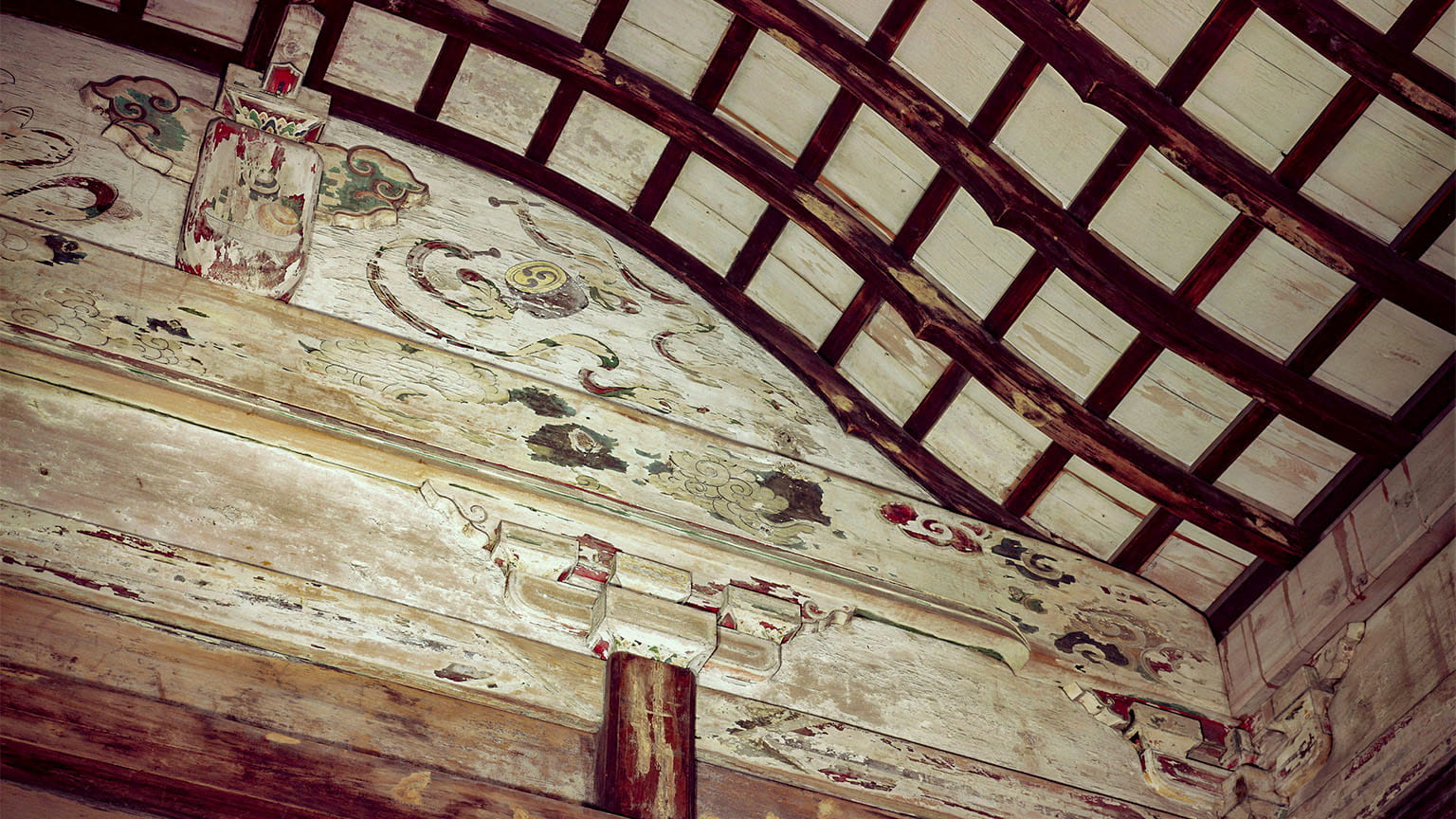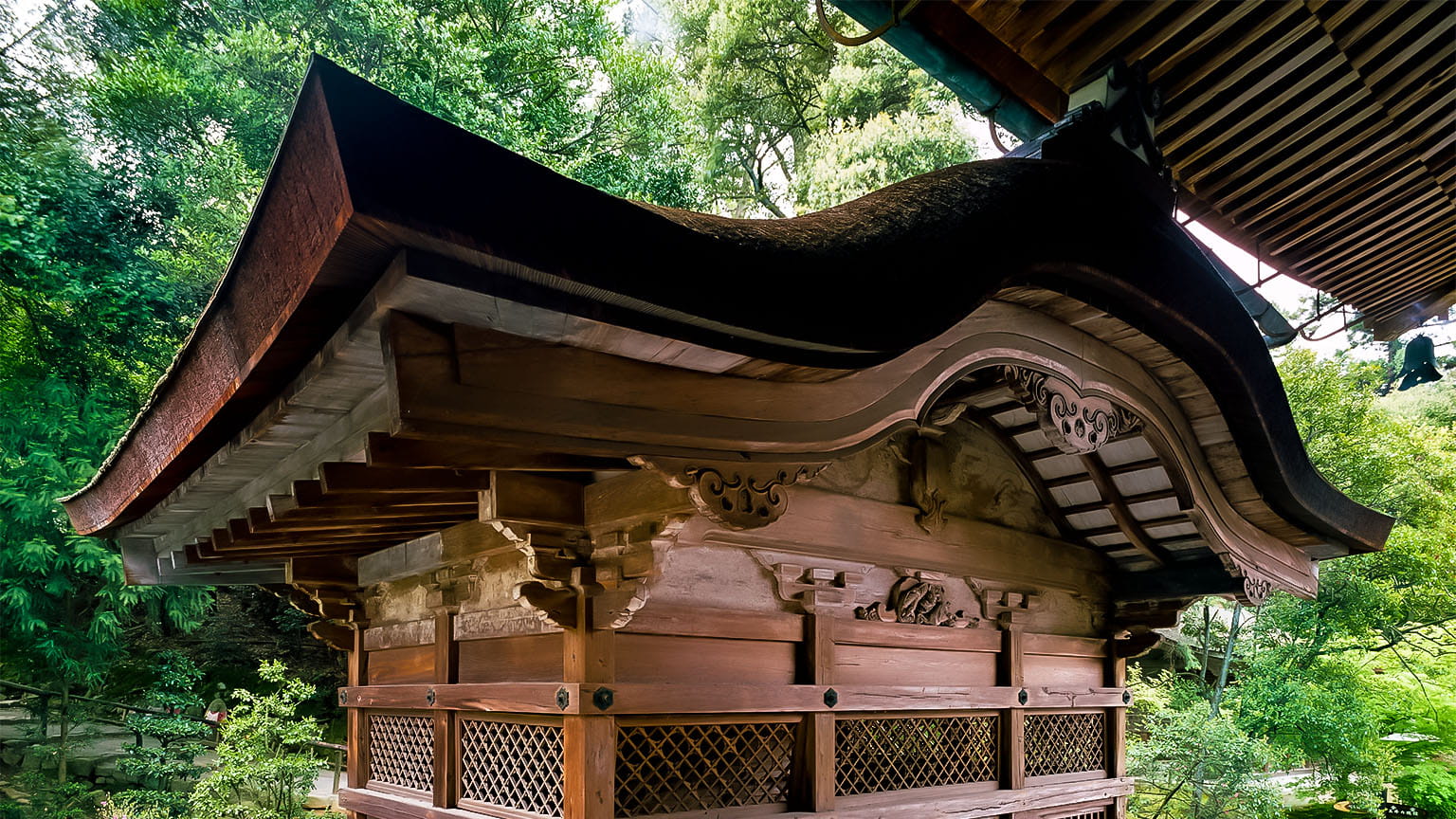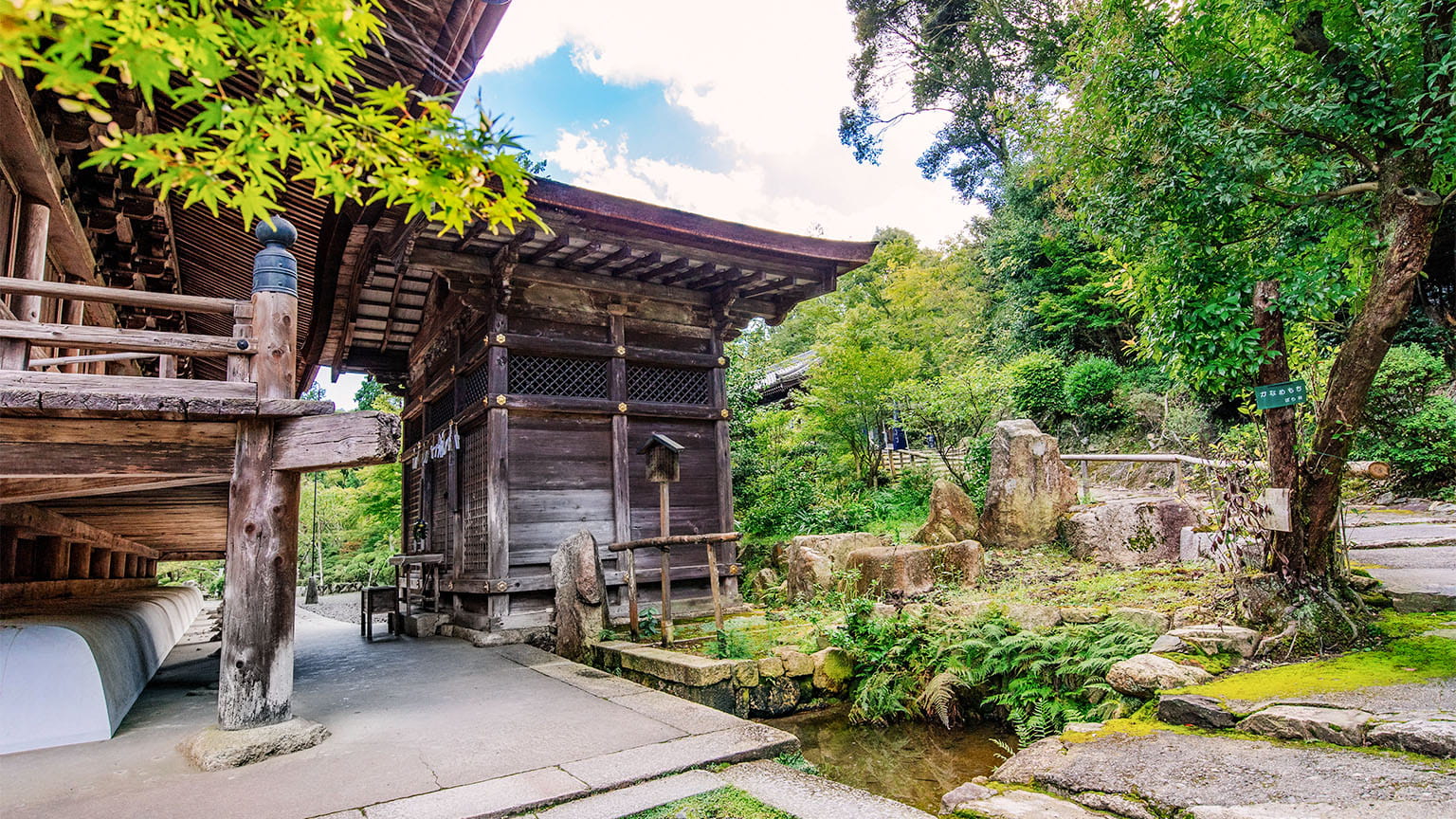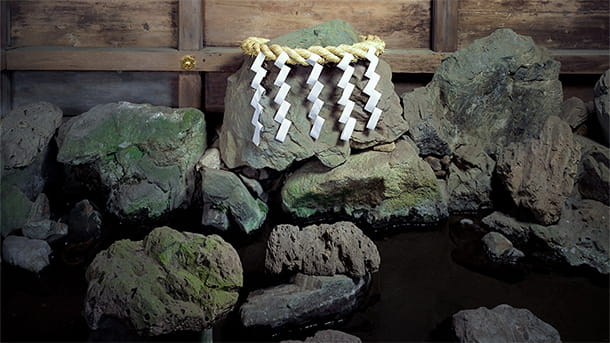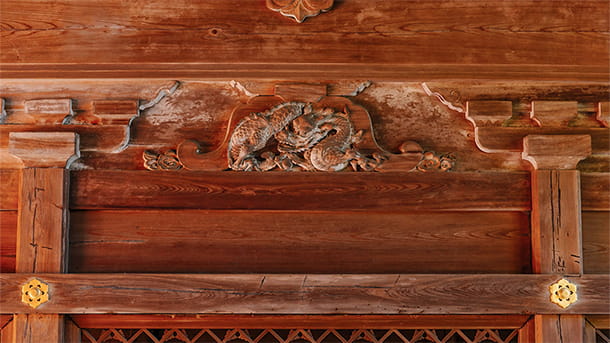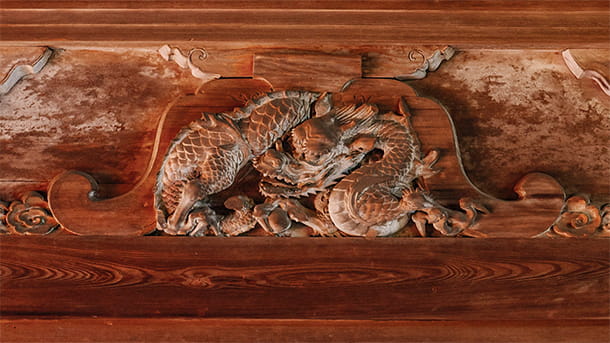Cultural Property of Japan
Akaiya Well House
READER
Aka is water offered to Buddha. The spring water that flows out from the stones inside this well is thought to have spiritual power, and the well is said to have been used for the first bath given to each of the Emperors Tenji, Tenmu, and Jito. It is from this story that Miidera Temple—“Three Wells Temple”—takes its name.
The Akaiya Well House was built in 1600 to cover and protect the sacred spring water. The intricate design of the building is characteristic of the elegance of the Momoyama period (1573–1600). In particular, the kaerumata wooden strut on the front bears a remarkable carving of a dragon by Hidari Jingoro. Legend says that this dragon wreaked havoc every night on Lake Biwa, so Jingoro took it upon himself to hammer spikes into the beast’s eyes in order to calm it.
- −
- Momoyama Period
(5th year of Keichō Era, 1600)
Please rate this cultural heritage introduction page.
-
-
Satisfaction
-
-
Understanding
-
-
Recommendation
-
-
Attractiveness
-


